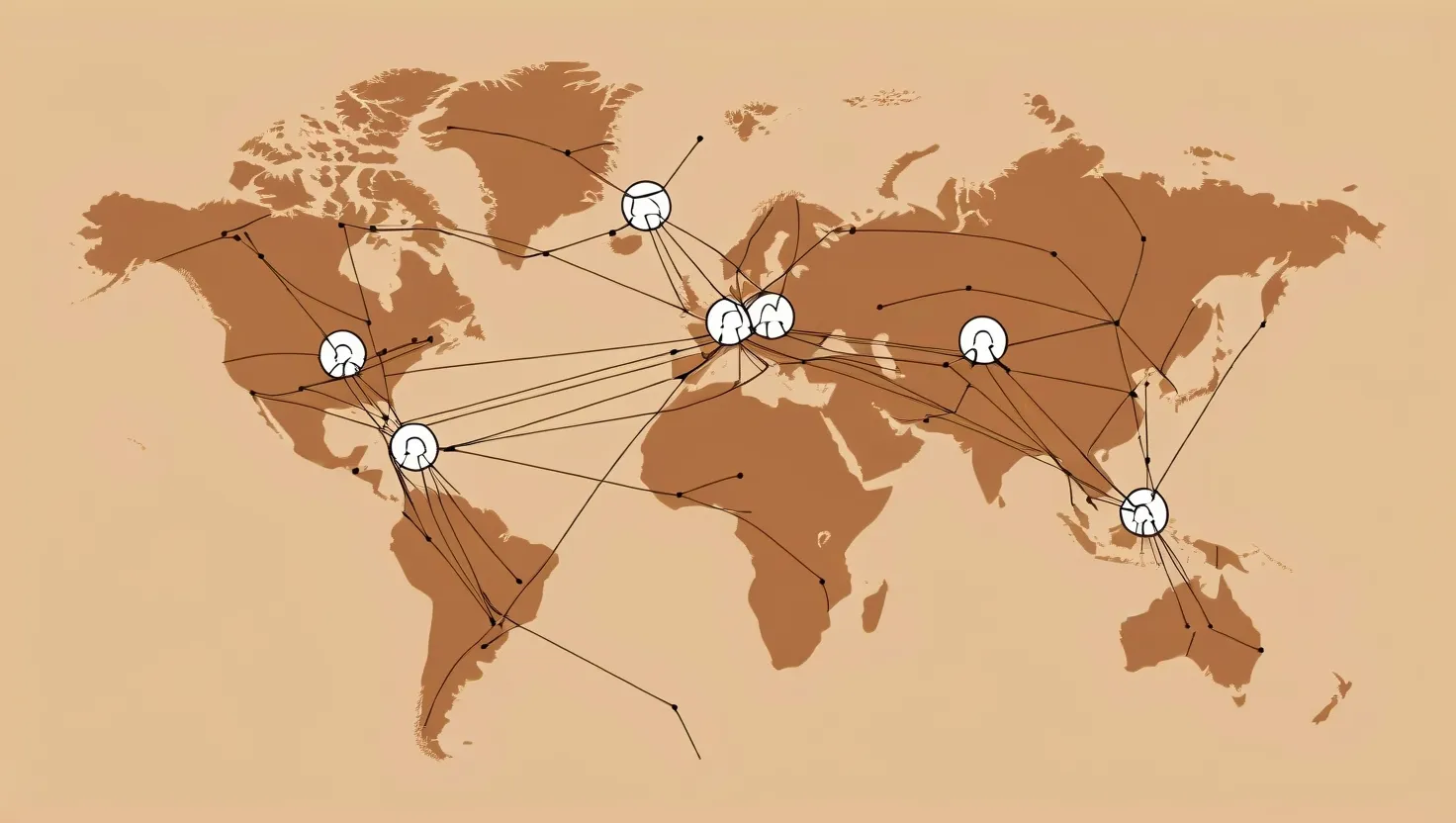Creating an emergency fund is a game-changer for your financial security. Think of it as a financial cushion that shields you from unexpected expenses or rough patches. Here’s a super chill guide to get you started on building one.
First up, decide where to stash your emergency fund. A simple savings or money market account works like a charm. These accounts are easy to dip into when needed and don’t hit you with hefty fees. Plus, if your account pays some interest, your money will quietly grow.
Next, figure out how much dough you need to save. The golden rule is stashing away enough to cover about three to six months of living expenses. This really depends on your gig and income stability. If you’ve got a rock-solid job, the lower end might suffice. On the flip side, if your income varies, it’s wise to aim higher.
Now, onto building that fund! Start by setting a goal. Then, create a plan to hit that target. Automatic transfers from your checking to your savings account can make this a breeze. This way, a chunk of your income goes directly into savings without you lifting a finger.
It’s crucial to keep your emergency fund separate from your daily spending money. This helps dodge the temptation of dipping into it for non-urgent stuff. Think of it as money that’s out of sight and only tapped for real emergencies.
Don’t forget to review and tweak your emergency fund as needed. Your financial situation isn’t static, so your fund shouldn’t be either. Got a raise? Pump up your savings. Facing a pay cut? It’s okay to dial back a bit.
While you’re stacking up that emergency cache, keep an eye on other emergency funding options. A credit card with a low interest rate can be a fallback, but use it wisely. Credit cards can spiral into debt if mishandled.
Remember, building an emergency fund isn’t a sprint—it’s a marathon. Patience and discipline are key. It won’t happen overnight, but with steady effort, you’ll be set to tackle any financial curveballs life throws at you.
By following these chill steps, you’ll have a solid emergency fund, giving you peace of mind and a sense of financial security. Get started today, and your future self will thank you!






